Learn how you can give suppliers direct access to manage their products directly in your workflows instead of using excel-based data sheets.
Product Information Management (PIM)
Imagine if your PIM system was not a stand-alone system but was thoroughly integrated into your business critical processes. This is exactly how we envisioned and built it to create value for your organisation. And thanks to our no-code platform, it can be tailored exactly to your needs
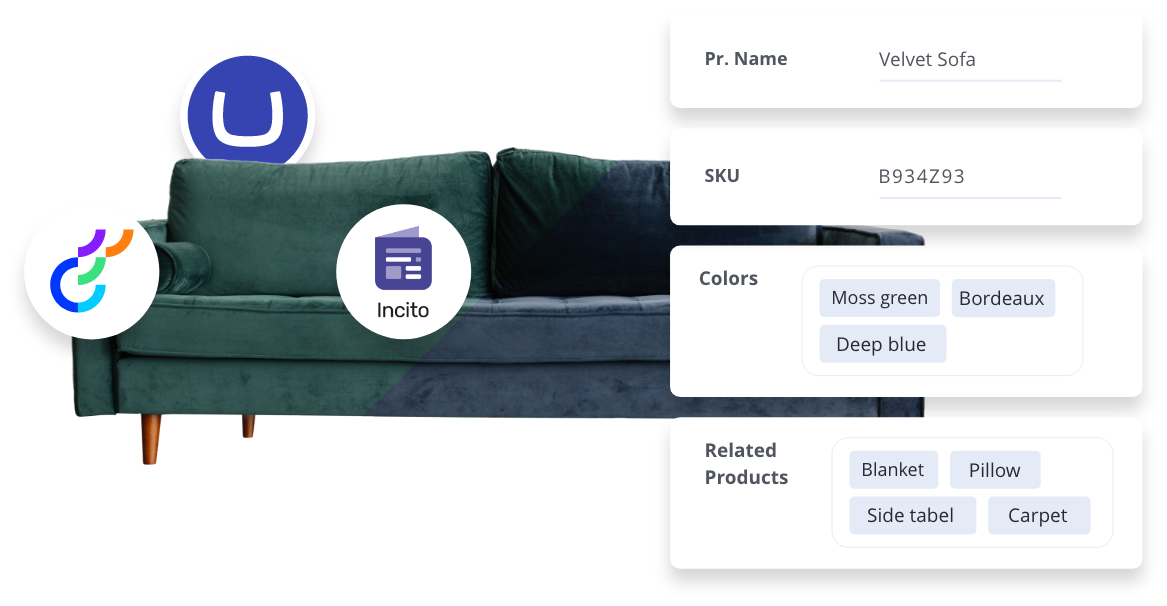
The Features Of Product Information Management
Get a handle on things with the power of Product Information Management
Consolidating data from many sources will require enrichment and approval to ensure they are suitable for your channels.

Link your product data directly to digital assets including packshots, safety sheets, energy labels and brand logos - it speeds up the process and prevents errors

Enriched metadata for commercial and marketing for the associated channel - ecommerce descriptions, POS, shelf labels etc

Connect to third party industry tools such as Byggebasen to enhance enrichment - never out of sight, out of mind

Connect to third party industry tools such as Byggebasen to enhance enrichment - never out of sight, out of mind
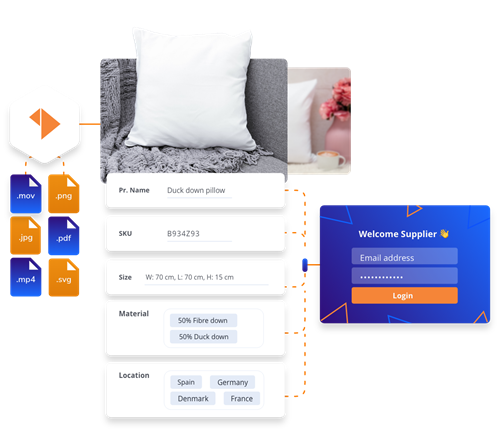
Managing the lifecycle of a large and complex products inventory can be a challenge with data stored in multiple internal and external sources

Flexible data and files ingestion across your tech landscape from data sources such as suppliers, ERP, POS, logistics systems.

Manage the lifecycle of your products - create, update, replace, and terminate products within the systems end-to-end workflow

Ensure that all relevant stakeholders have controlled access

Utilise the content uploaded into your PIM allowing for different formats and renditions to be used across the required channels. All integrated and connected to Proofing to allow for - very - fast production and execution time, making sure that you are getting the most out of your investment in digital assets.

Automatically generate renditions after upload

Transform images with quick crop, rotate, flip images tools

Transform videos with video trimming tools
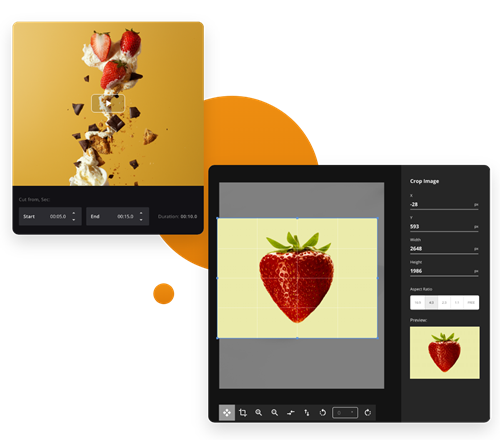
Managing a 500,000+ product webshop can be difficult. A reliable data source can ensure that your e-commerce runs smoothly and is kept up-to-date.

Publish to digital catalogues such as Incito

Update your CMS platform such as Umbraco

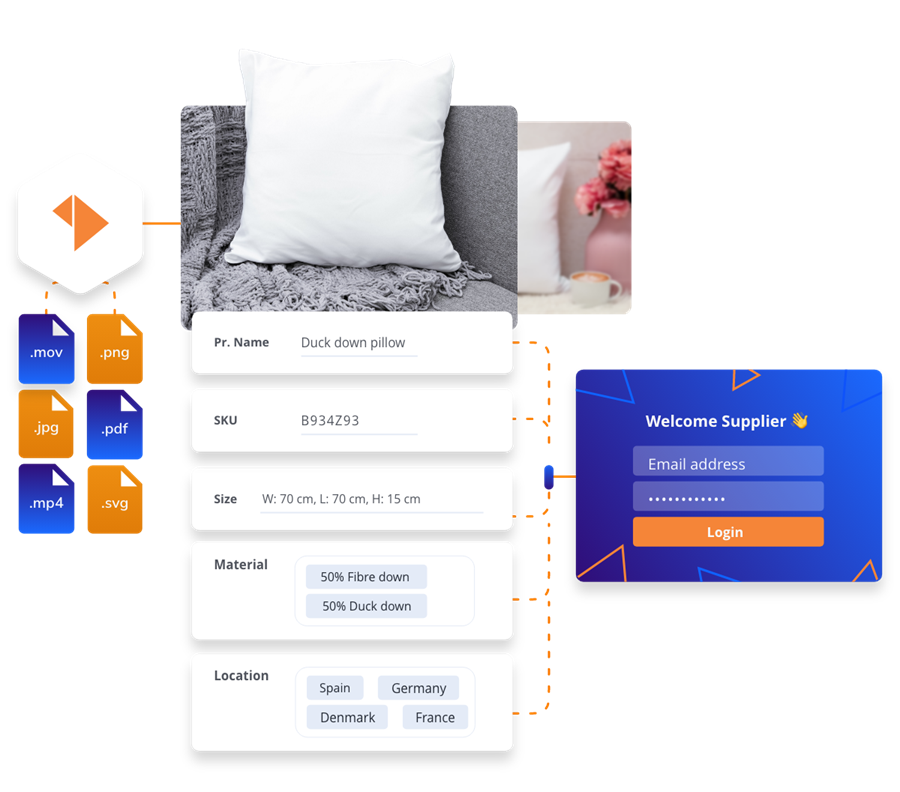

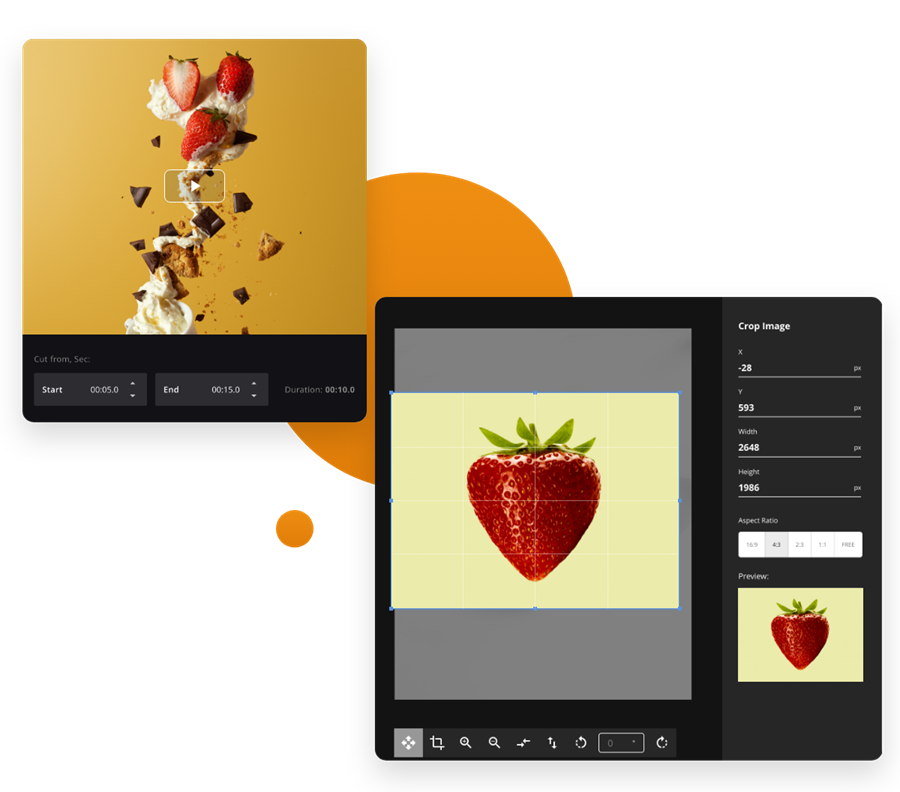

Do you have problems with supplier engagement?
Realise the benefits of integrated no code Product Information Management
Better customer experience
We ensure buyer confidence by ensuring you can provide accurate data and complete product information across all sales channels
Improve data quality
We ensure you can centralise and standardise your product ensuring your internal teams have the most up-to-date data leading to a reduction in errors and inconsistencies that can lead to customer dissatisfaction.
Workflow integration
Better to sing along than stand alone. Whereas a traditional PIM-approach will be a stand alone solution, we make sure that the value is optimised and total cost of ownership is brought down.
Frequently Asked Questions (FAQs) - Get the answers you need!
What is Product Information Management?
A product information management (PIM) system is a piece of software that assists businesses in managing large amounts of product data. A PIM system typically includes tools for managing product catalogues, pricing and inventory information, and product images.
Who uses Product Information Management?
Product information management systems are used by retailers, manufacturers, and distributors to manage product data and improve operational efficiency
What is the difference between PIM and DAM?
Product Information Management (PIM) is a software application that helps organisations manage large amounts of product information such as product descriptions, pricing, and availability. Digital Asset Management (DAM) is a software application that helps organisations manage digital assets such as images, videos, and documents.
What is the difference between PIM and MDM?
Both Product Information Management and Master Data Management systems are used to manage data within an organisation. PIM systems are specifically designed to manage product data including descriptions, pricing, and availability. MDM systems on the other hand are designs to manage all types of master data including data about customers, suppliers, employees and other entities within an organisation
What is the difference between PIM and CMS?
Both Product Information Management and Content Management Systems are used to manage data and organise content but they have different focus areas. PIM systems are specifically designed to manage product data including descriptions, pricing, and availability. CMS systems on the other hand provide a centralised location to create, publish and manage web content. It's common for businesses to have both software systems in their technology stack to help them manage their product data and content more efficiently by allowing them to quickly and easily add product information to their website content
What are the benefits of a Product Information Management system?
The benefits of a PIM system include some of the following:
- Streamlines the onboarding process for suppliers and data providers
- Improves the consistency and quality of product data across all channels
- Eliminates errors in product information, resulting in a shorter time to market for your products.
- Increases revenue through detailed product information while reducing costs through unused resources
- Saves time and increases productivity
- Connects images, documents, and other forms of media to products
- Makes and subs product data sheets
- Provides an exceptional product experience that increases customer satisfaction
- Consistent management of multiple sales channels
- Easily collaboration across teams and departments within your company
What types of files are supported in Encodify PIM?
We support upload of all file types but not all will generate a preview. Those supported are as follows:
- Video: AVI, F4V, FLV, MOV, MPG, MP4, OGV, WEBM, WMV, MXF
- Images: JPG, GIF, PNG, PDF, PS, TIF, PSD, BMP, EPS, AI, ARW, CR2, NEF, DCR, CRW, DNG, MRW, ORF, PEF, RAF, X3F, 3FR, FF
- Office: DOC, DOCX, PPT, PPTX, XLS, XLSX, VSD, VSDX
- Web: Zip, HTML, JSON link
- Audio: AAC, AU, MP3, AIFF, OGG, ASF, AIFC, WAV, MWM, M4A, AIF, AC3
Ready to manage work more efficiently?
We'd love to hear from you if you have questions about our products or services.











